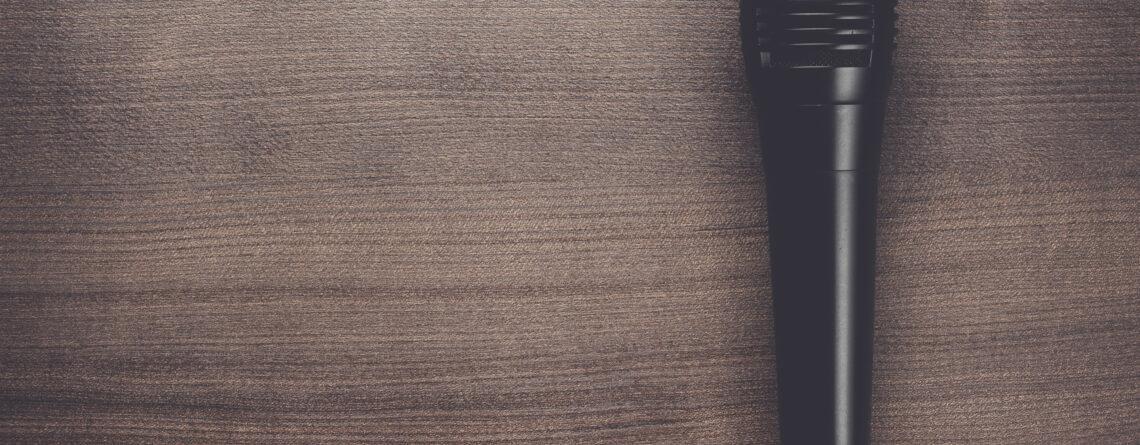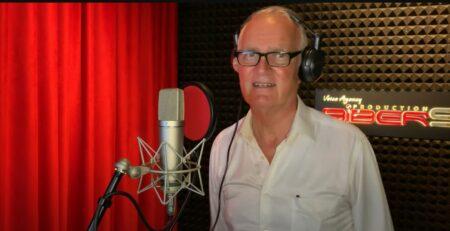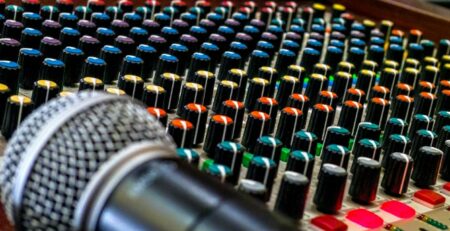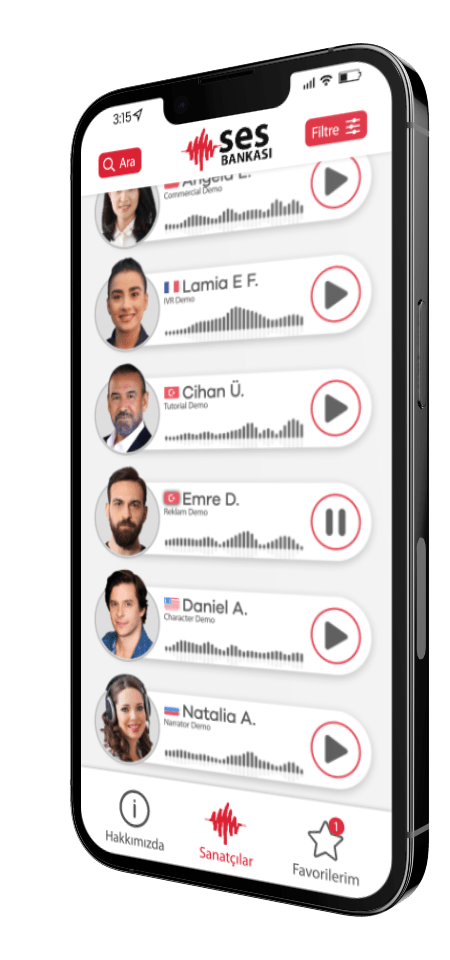What is Dynamic Microphone?
Microphones used in the studio environment and on stage offer a combination of materials and features suitable for their purpose. One of the most widely used microphone types. dynamic / dynamic microphone is one of them. So, what is a dynamic microphone, what are the differences with the others?
When it comes to microphone, the first product type that comes to mind for everyone is usually the dynamic microphone. This microphone type, which is much longer lasting and robust compared to other options, is often preferred for vocals, instruments and guitar amps.
What is Dynamic Microphone?
dynamic / dynamic The microphone uses a magnetic field to convert the sounds coming from the diaphragm into electrical energy. There is a voice coil on this microphone when transmitting sound. The coil in question is positioned suspended between two magnets. As the diaphragm moves in response to sounds, the voice coil also moves. The interaction between the movement of the voice coil and the magnets creates the electrical signal. As a result of the sound waves formed with vibration hitting the microphone, movement occurs according to the rhythm of the membrane sound waves.
Dynamic / dynamic microphones, which take up a lot of space in daily use, are a more affordable option because they are the most basic type. Structurally, dynamic handheld microphones have smaller dimensions. This type, known as the dynamic microphone, is also dynamic handheld microphone It is also expressed as. Although dynamic microphones are widely used, their main use is where the sound is strong. That is, dynamic microphones are preferred for recording in areas where sound is strong.
Dynamic / dynamic microphones offer much more convenient and portable options thanks to the developing technology. Especially for speaking or vocal performances USB dynamic microphone models are an ideal option. dynamic / Thanks to the USB port on the dynamic microphone, it can be recorded directly during recording and use without the need for an additional sound card. These microphones provide a perfect sound transmission by preventing explosions in the integrated pop filter that they contain in the capsule.
How to Attach Dynamic Microphone to Computer?
Dynamic / dynamic microphones, which are indispensable for studio environments and stages, have an easy use. Many people who will use a dynamic microphone for the first time have the question of how to connect it to the computer.. A dynamic / To connect the dynamic microphone to the computer, you must first have the microphone cable.
In general, the dynamic microphone you buy has parts that can be connected via a USB connection as standard. You can find the place where these cables, which look like headphone jacks, will enter by checking the front, back or inner cover of your computer. After establishing the connection between the microphone and the computer, you can complete the necessary installation by checking whether there is a special software for the microphone.
What is the Difference Between Condenser and Dynamic Microphone?
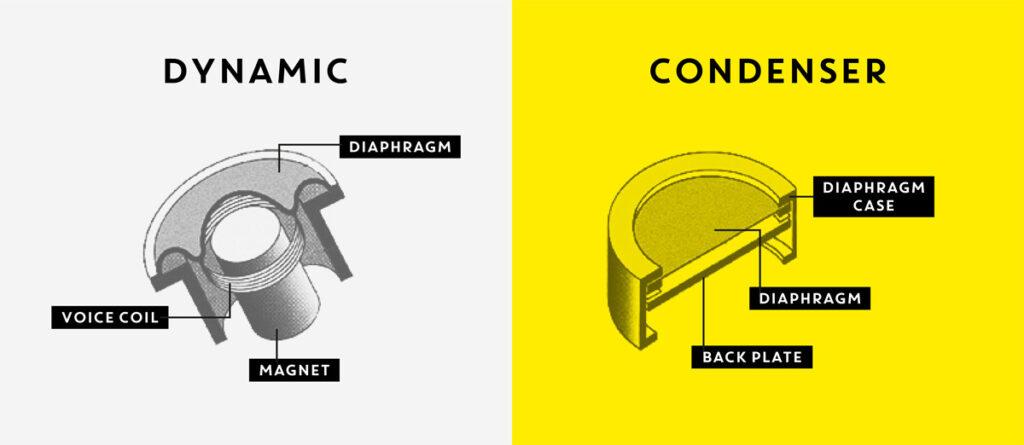
microphone dynamic Users get help from moving coils to convert sound to voltage. It is easier to record loud sources with this type of microphone, which has low sensitivity.
Condenser microphone type, on the other hand, takes support from the diaphragm to convert the sound into an electrical signal. Condenser microphones, which convert sound into electrical signals by using the capacitance differences between two electrically charged plates and internal electronics, stand out with their higher sensitivity feature.
Consender microphones have a powerful system to record detailed and distant sound. It can be said that the most important difference between the dynamic microphone and the condenser microphone is their sensitivity.
Usually for voice and dubbing studio condenser microphones preferable. Condenser microphones provide a wider frequency response and better sensitivity, resulting in a more natural sound recording. They also have a wider dynamic range and may be better suited for higher volume levels. However, dynamic microphones may be more robust and better suited for use in less sensitive environments. The best choice will depend on your studio's needs and usage scenarios.
Dynamic Microphone Suggestions for Voiceover
For flawlessly transmitting and recording loud sources dynamic microphone recommendation You may be searching. For the performer or home recorder, the Behringer – BA 85A dynamic microphone model offers an affordable and high-performance option. In addition, you can choose the Shure SM58-LCE product model, which is one of the most used vocal microphone models in the world.
To combine the professional equipment experience with professional voice actors BiberSA Production website you can visit. Also, to pursue a career in voice-over or just to learn from an expert whether your voice is suitable for voice-over. Our Audio Analysis you can do it.


